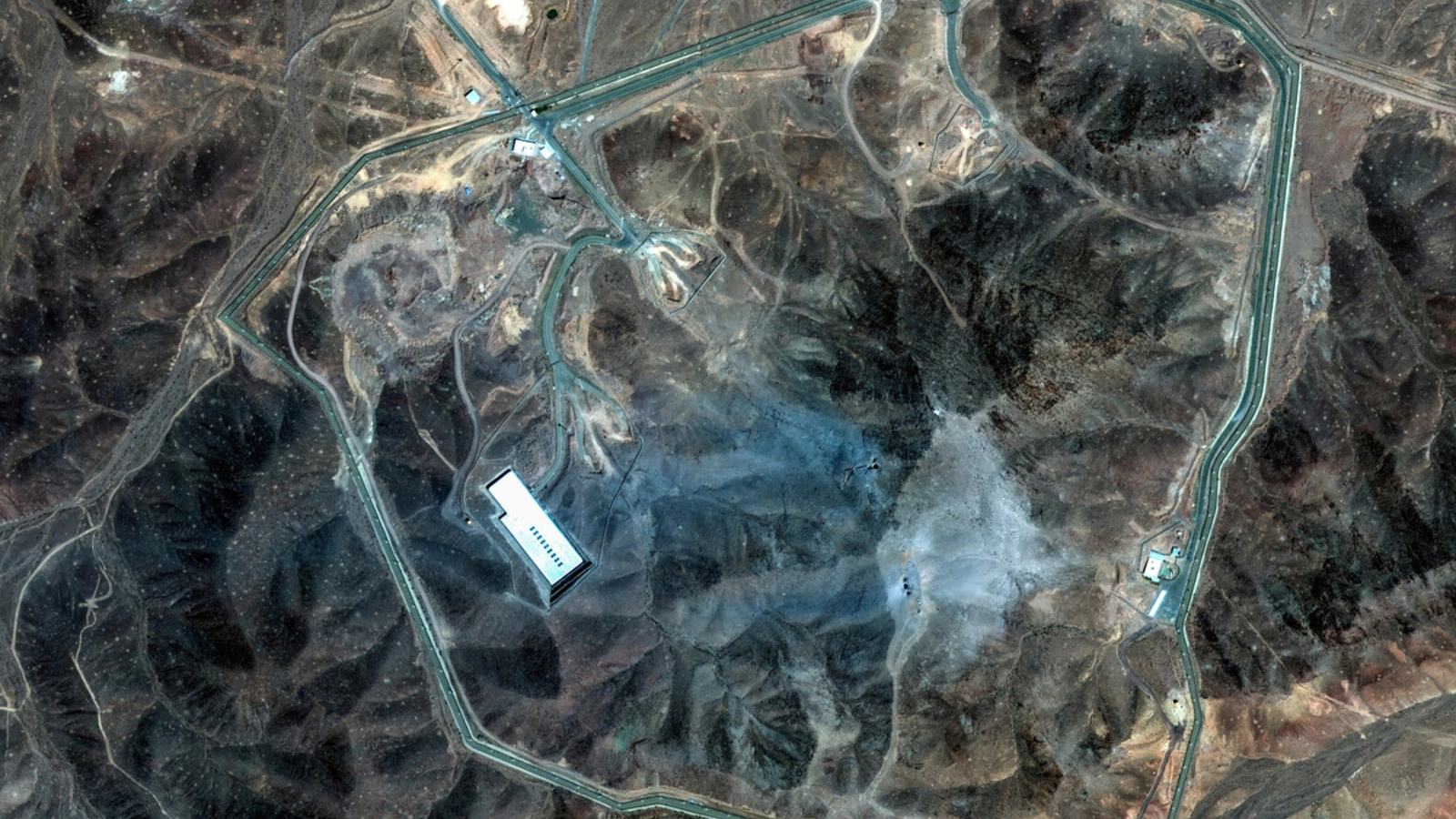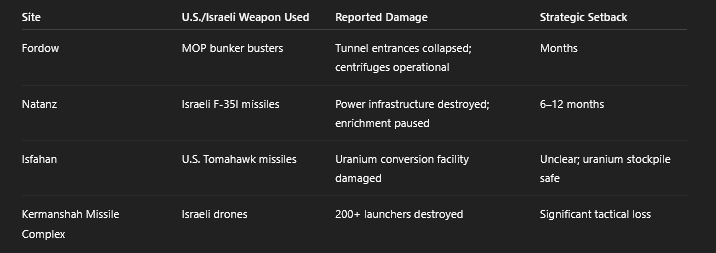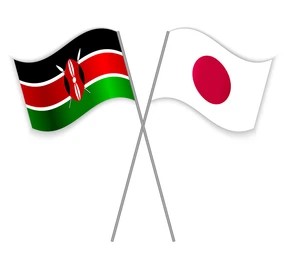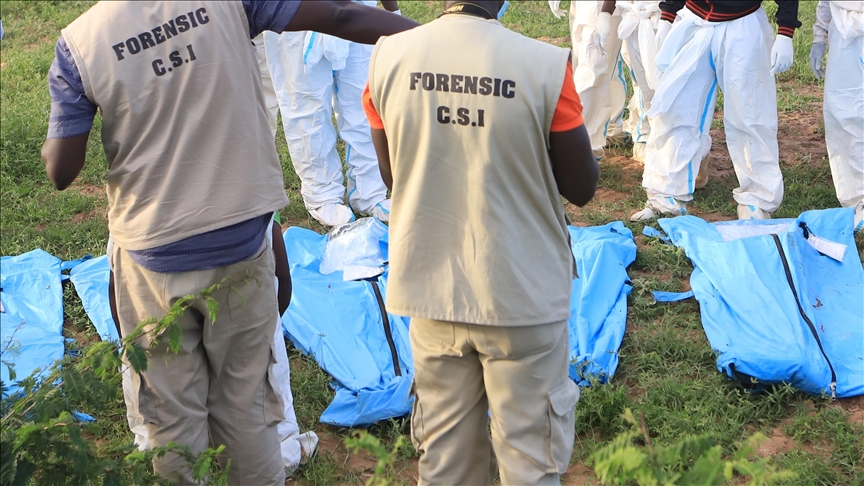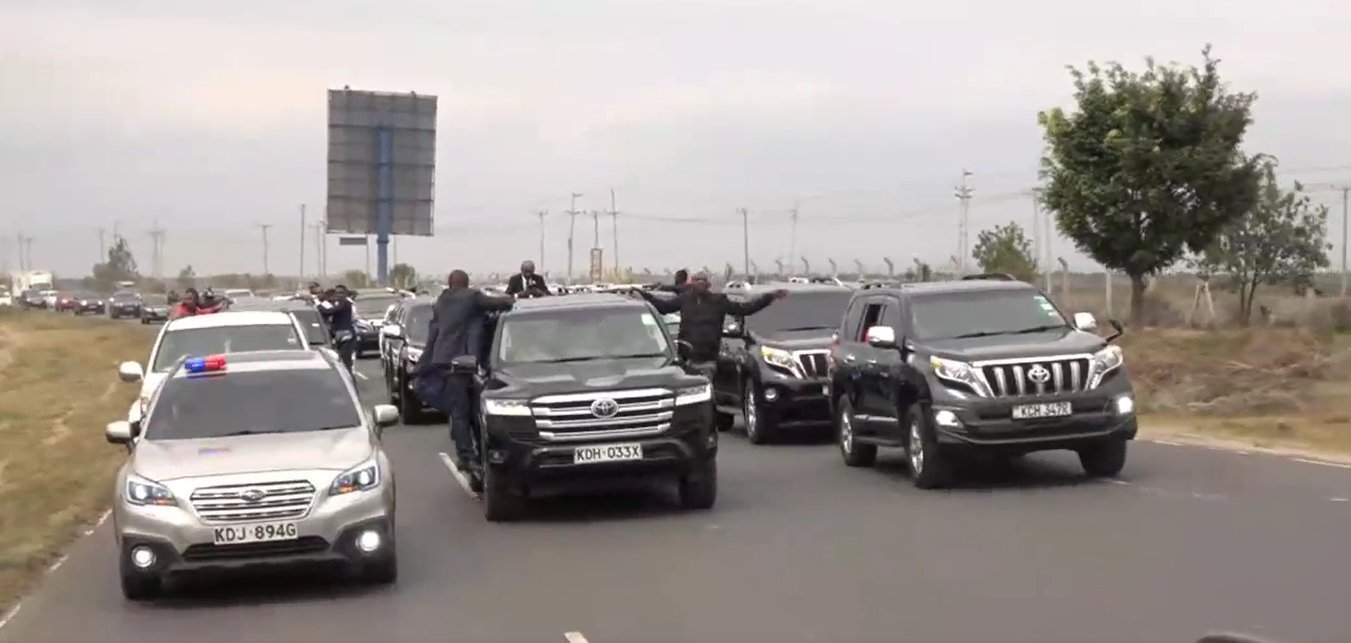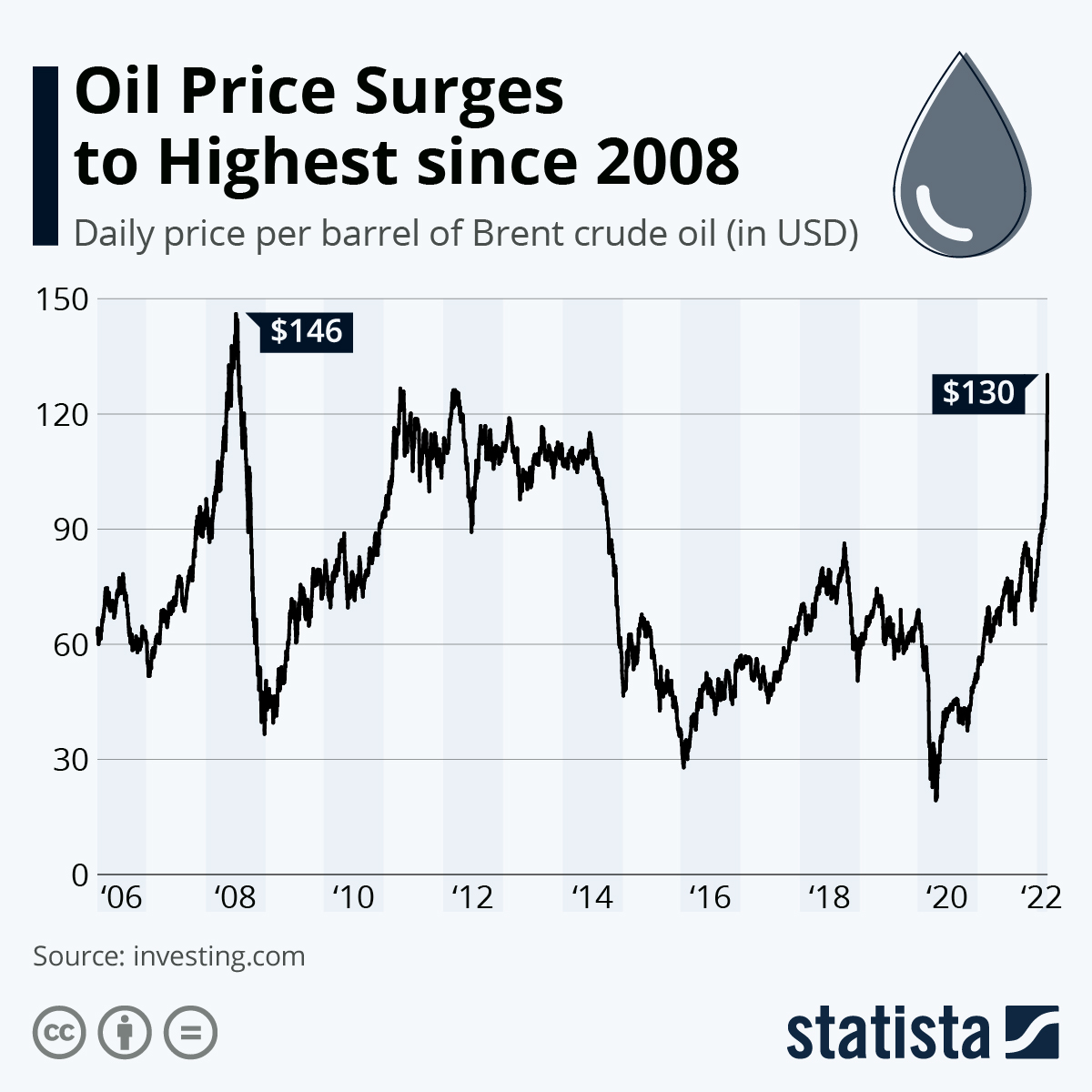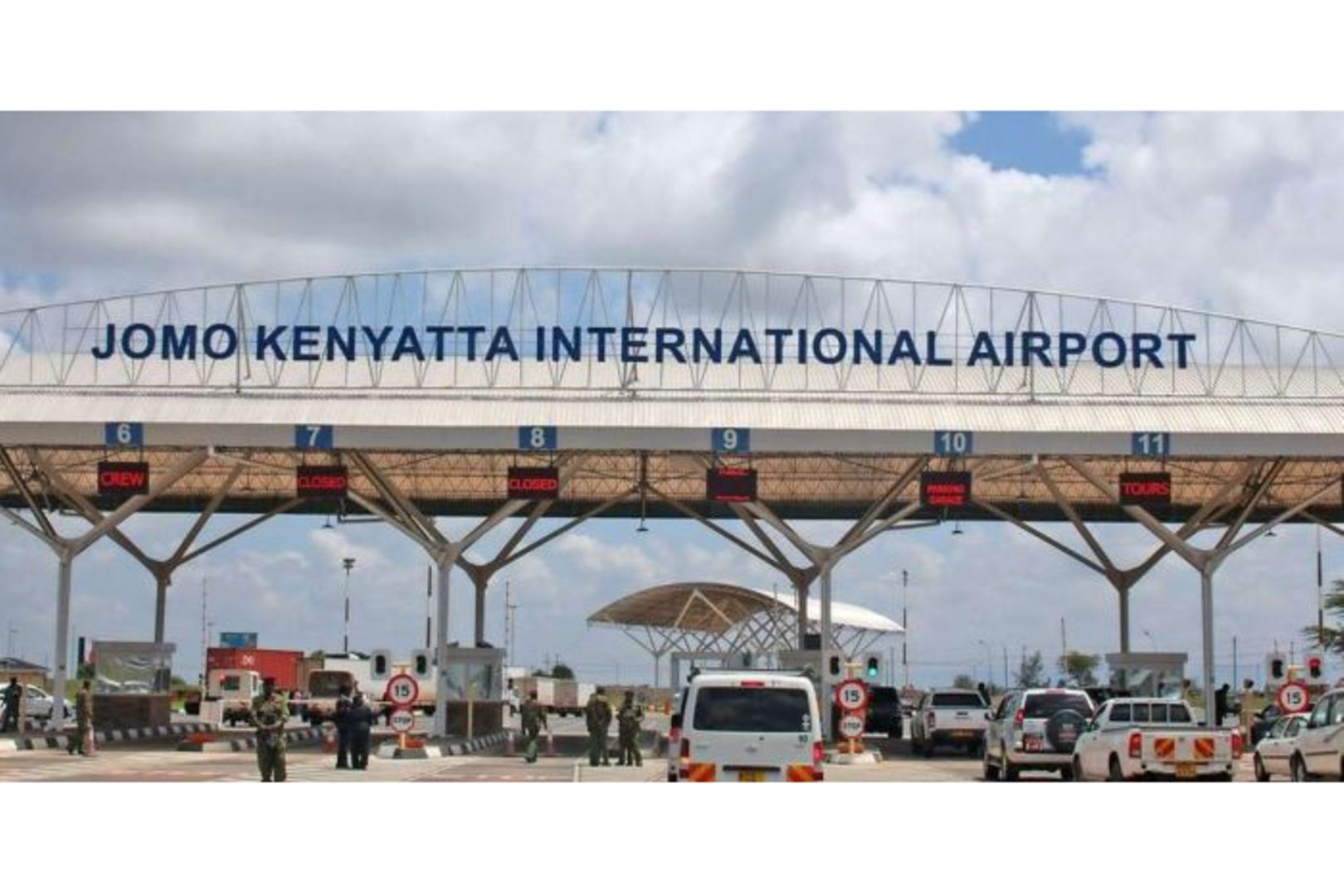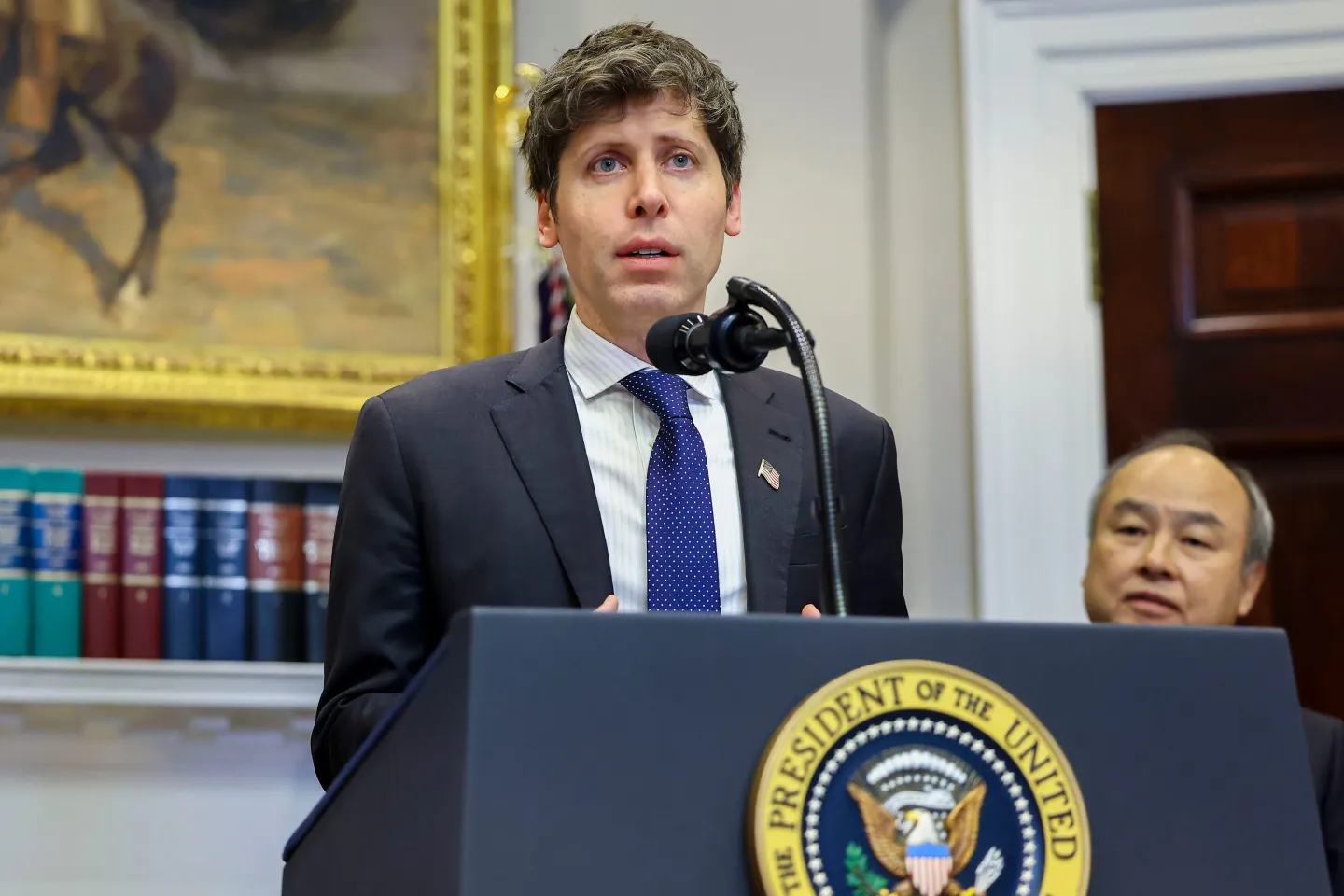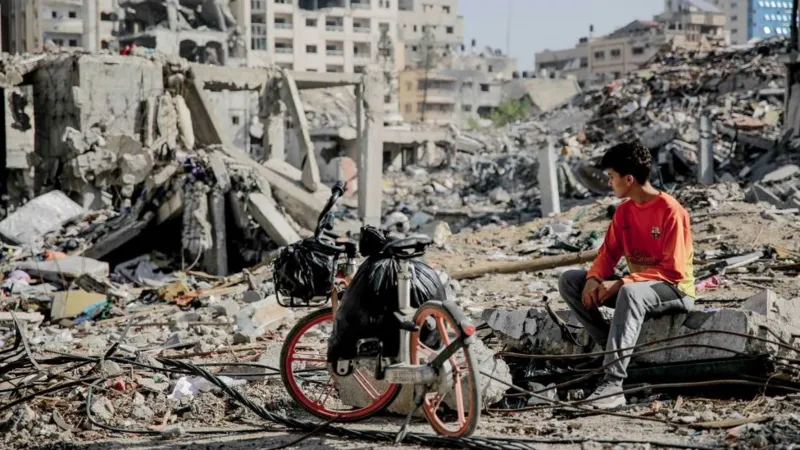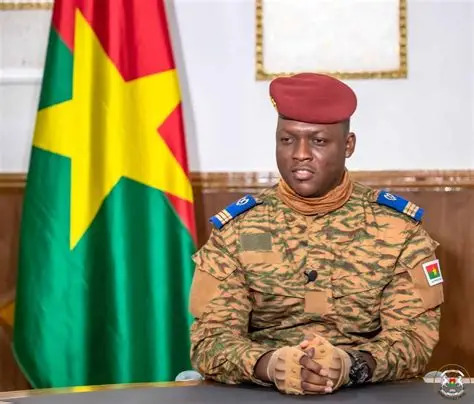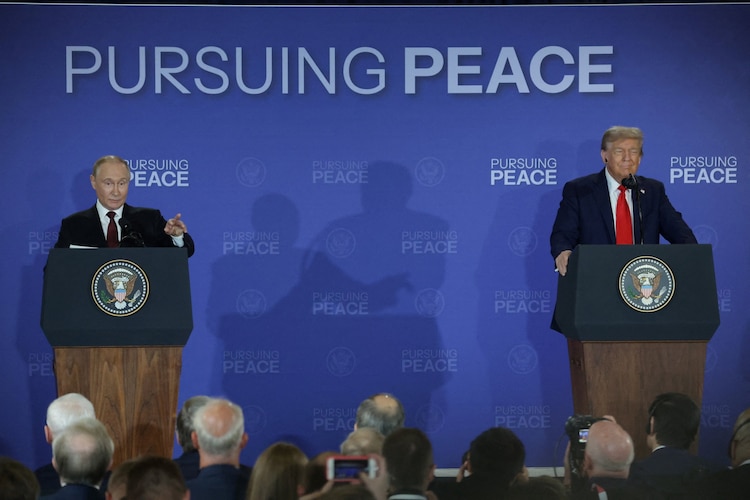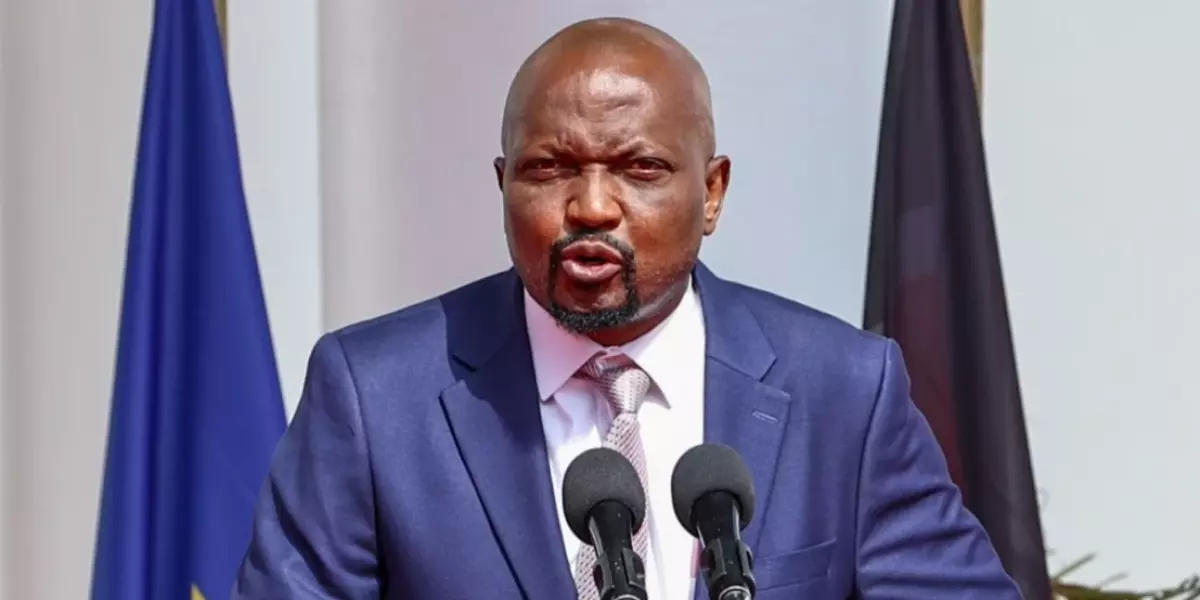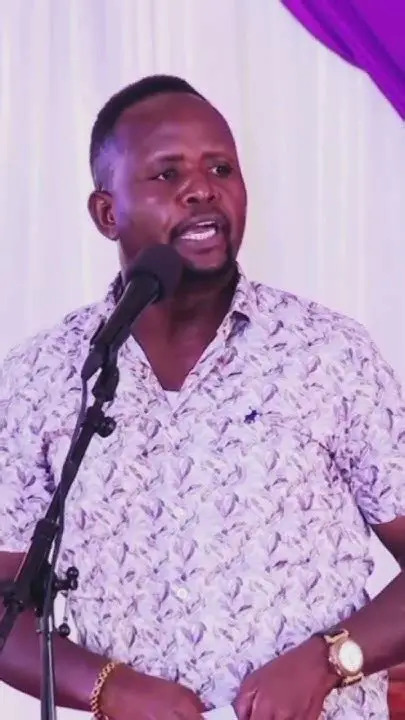The thunderous impact of U.S. "bunker buster" bombs on Iran’s Fordow nuclear facility in June 2025 reverberated far beyond its mountain tunnels. Intended to cripple Tehran’s nuclear ambitions, the strikes instead exposed a dangerous paradox: military action accelerated the very proliferation it sought to prevent. As Iran races to rebuild, world powers brace for a destabilizing new era where nuclear weapons appear not as taboo, but as the ultimate shield against regime change.
I. Operation Midnight Hammer: Anatomy of a Failed Decapitation
Precision vs. Survival
U.S. B-2 Spirit bombers dropped fourteen 30,000-pound Massive Ordnance Penetrators (MOPs) on Fordow, Natanz, and Esfahan—sites housing Iran’s uranium enrichment centrifuges and stockpiles. President Trump hailed the strikes as having "completely and totally obliterated" Iran’s nuclear program. Yet classified U.S. intelligence assessments contradicted this, revealing the bombs only damaged surface structures, leaving underground centrifuges "largely intact" and failing to destroy Iran’s stockpile of 400kg of 60%-enriched uranium (enough for 10 bombs if further enriched). Iran had likely moved its enriched uranium before the attacks, anticipating the strikes.
U.S. B-2 Spirit bombers dropped fourteen 30,000-pound Massive Ordnance Penetrators (MOPs) on Fordow, Natanz, and Esfahan—sites housing Iran’s uranium enrichment centrifuges and stockpiles. President Trump hailed the strikes as having "completely and totally obliterated" Iran’s nuclear program. Yet classified U.S. intelligence assessments contradicted this, revealing the bombs only damaged surface structures, leaving underground centrifuges "largely intact" and failing to destroy Iran’s stockpile of 400kg of 60%-enriched uranium (enough for 10 bombs if further enriched). Iran had likely moved its enriched uranium before the attacks, anticipating the strikes.
Iran’s Asymmetric Retaliation
Tehran responded with over 550 ballistic missiles and 1,000 drones targeting Israeli cities and a U.S. base in Qatar. While 90% were intercepted by U.S.-Israeli missile defenses, the barrage exhausted critical interceptor stockpiles and killed 29 Israelis. Supreme Leader Khamenei framed the exchange as a victory: "They struck a few desert facilities; we proved we can reach their heart."
Tehran responded with over 550 ballistic missiles and 1,000 drones targeting Israeli cities and a U.S. base in Qatar. While 90% were intercepted by U.S.-Israeli missile defenses, the barrage exhausted critical interceptor stockpiles and killed 29 Israelis. Supreme Leader Khamenei framed the exchange as a victory: "They struck a few desert facilities; we proved we can reach their heart."
II. The Proliferation Paradox: Strikes as a Recruitment Tool
The "Libya Lesson" Resurfaces
North Korea immediately cited the attacks as validation for its nuclear arsenal. As analyst Decker Eveleth noted, Pyongyang sees such strikes as "precisely the air campaign they anticipated for decades"—proof that only weapons-grade uranium deters regime-change attempts. Iran’s parliament drafted legislation to withdraw from the Nuclear Non-Proliferation Treaty (NPT), with hardliners openly debating weaponization.
North Korea immediately cited the attacks as validation for its nuclear arsenal. As analyst Decker Eveleth noted, Pyongyang sees such strikes as "precisely the air campaign they anticipated for decades"—proof that only weapons-grade uranium deters regime-change attempts. Iran’s parliament drafted legislation to withdraw from the Nuclear Non-Proliferation Treaty (NPT), with hardliners openly debating weaponization.
Cascade Effects: Saudi Arabia, South Korea, and the New Nuclear Aspirants
• Saudi Arabia: Warned it would pursue nuclear weapons if Iran crosses the threshold.
• South Korea: Support for domestic nukes surged to 72.8% after Trump suggested allies pay for U.S. protection.
• Germany/Japan: Once-taboo debates now stir in both nations, with 38% of Germans favoring nuclear arms.
SIPRI’s 2025 report confirms a global tipping point: "The era of nuclear reductions is over."
• Saudi Arabia: Warned it would pursue nuclear weapons if Iran crosses the threshold.
• South Korea: Support for domestic nukes surged to 72.8% after Trump suggested allies pay for U.S. protection.
• Germany/Japan: Once-taboo debates now stir in both nations, with 38% of Germans favoring nuclear arms.
SIPRI’s 2025 report confirms a global tipping point: "The era of nuclear reductions is over."
III. Diplomatic Collapse: The IAEA in the Crossfire
Inspections Frozen: Iran barred IAEA inspectors from all nuclear sites, citing "safety concerns" and accusing the agency of sharing data with Israel. Director-General Rafael Grossi warned that without access, assessing Fordow’s damage is impossible—and Iran could resume enrichment "in months."
Snapback Sanctions Loom: The E3 (UK, France, Germany) threatened to trigger UN sanctions by August 31 unless Iran returns to talks. A senior Iranian official warned this could "escalate tensions irreversibly."
IV. The Next War: Why August 2025 Could Ignite Round Two
Israel’s "Mowing the Grass" Doctrine
Defense Minister Israel Katz and military chief Eyal Zamir have signaled that June’s strikes were "Phase One." Israel believes it must attack again before Iran replenishes its missile arsenal or improves air defenses. With U.S. midterm elections approaching, late August presents a narrow window.
Defense Minister Israel Katz and military chief Eyal Zamir have signaled that June’s strikes were "Phase One." Israel believes it must attack again before Iran replenishes its missile arsenal or improves air defenses. With U.S. midterm elections approaching, late August presents a narrow window.
Iran’s Decisive Counterstroke
Tehran plans overwhelming force in the next conflict, aiming to overwhelm Israel’s missile defenses early. Foreign Minister Abbas Araghchi threatened retaliation "IMPOSSIBLE to cover up." Crucially, proxies like Hezbollah stayed out of the first war—but could join if Iran’s survival is at stake.
Tehran plans overwhelming force in the next conflict, aiming to overwhelm Israel’s missile defenses early. Foreign Minister Abbas Araghchi threatened retaliation "IMPOSSIBLE to cover up." Crucially, proxies like Hezbollah stayed out of the first war—but could join if Iran’s survival is at stake.
V. The Trump Trap: America’s No-Win Scenario
Limited Strikes, Unlimited Blowback: Trump’s refusal to escalate beyond bombing nuclear sites frustrated Israel but avoided all-out war. However, he depleted U.S. missile interceptors, leaving stockpiles dangerously low for future conflicts.
The Enrichment Deadlock: Trump insists Iran must halt all uranium enrichment—a nonstarter for Tehran. As former Iranian President Rouhani argued, the strikes proved the regime must "focus on Iran over other countries," implying accelerated domestic nuclear efforts.
Conclusion: The Unlearned Lesson of Fordow
The rubble of Natanz and Fordow stands as a monument to miscalculation. Rather than ending Iran’s nuclear ambitions, the strikes ignited a global reevaluation of atomic deterrence—from Riyadh to Seoul. As SIPRI’s Dan Smith warns, a new arms race "carries much more risk and uncertainty than the last one." With Iran likely months from rebuilding its program and Israel planning new strikes, the Middle East sleeps atop a nuclear tinderbox. The bombs of June 2025 didn’t obliterate a program; they supercharged a perilous new era where the bomb is no longer a last resort, but the first priority.
For further analysis, visit SIPRI’s interactive nuclear arms database and the IAEA’s Iran monitoring portal.

